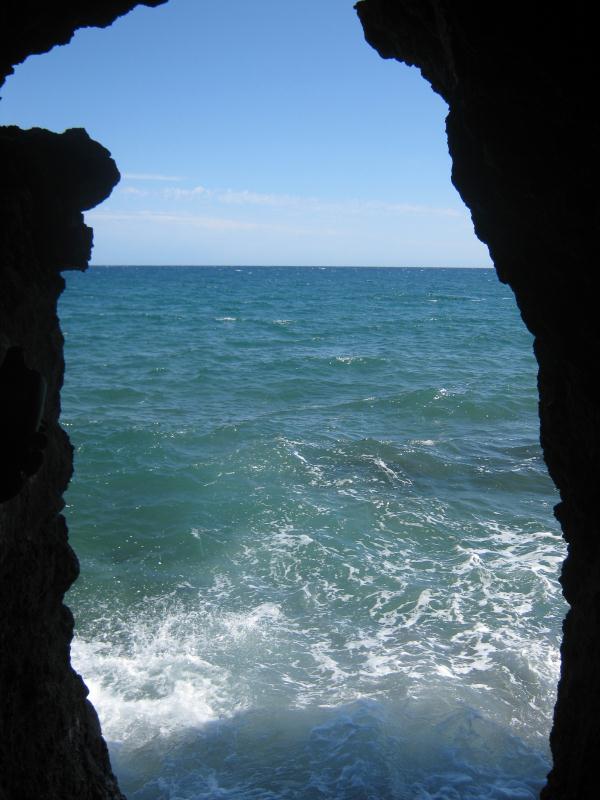English
At the cache location you will find the remnants of a once thriving Mazarrón industry.
Information
In the Port of Mazarrón, the ancient salt-working tradition became a large industry in the 20th century. We know that salt was worked before this by small entrepeneurs, and that the area's favourable geological and topographical characteristics indicate that it was probably worked in Roman times.
Sea salt is obtained through precipitation, by evaporating sea water. The water is allowed to evaporate in shallow basins, normally separated by banks of earth or low stone walls. The annual work cycle differs according to the season. The saltworks were built again to be ready in spring, for salt collection in summer. In autumn they were opened up for drainage, which damaged the dykes and partition walls, and so these needed to be repaired in spring.
The water supply to the town is one of the few remaining vestiges of this major economic activity in Mazarrón Port. The water came through a channel equipped with pumping machinery, whose characteristic sound meant it was popularly referred to at the time as the "PIM-PAM".
Español
En la ubicación de la caché se encuentran los restos de una vez floreciente industria de Mazarrón.
Información
En el Puerto de Mazarrón existe una antigua tradición salinera que cistalizó ya en el s. XX en una gran explotación industrial. Anteriormente, sabemos que se trabajaba por pequeños propietarios, además de que las características geológicas y topográficas apropiadas de la zona nos permiten suponer su probable explotacíon ya en época romana.
La sal marina se obtiene por precipitación de sales tras la evoporación del agua del mar. Para ello, se deja evaporar el agua en estanques de poco fondo, generalmente separados por moras de tierra o muretes de piedra. El ciclo anual del trabajo presentaba distintas labores estaciónales. La salina se reconstruía y quedaba constituida en primavera, para la cosecha estival. En otoño, la salina se abría para desaguarla, lo que dañaba los diques y muros de separación, que debían repararse en primavera.
La entrada de abastecimiento de agua es uno de los pocos vestigios que permanecen de esa importante actividad económica del puerto de Mazarrón. La entrada del agua a través del canal estaría asocianda a una maquinaria de bombeo cuyas características sonoras hicieron que en la época, esta estructura, fuera conocida popularmente con el apelativo del "PIM-PAM".

